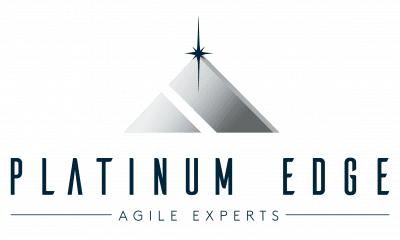The Agile Manifesto Values and the 12 Agile Principles form the basis for all of today’s agile development methods. We at Platinum Edge have compiled a list of three additional principles we call the Platinum Principles.
The Platinum Principles are a supporting augmentation to the Agile Manifesto and 12 Principles, and represent contemporary agile thinking based on inspection and adaptation of best practices. We developed these principles through in-the-trenches experience working with teams that successfully transitioned to agile project management, and through field testing in large, medium and small organizations worldwide.
The three Platinum Principles are:
- Resisting formality: Root out and eliminate formality wherever possible. Always look for ways to make processes less formal and more efficient. Simple, straight-to-the-point communications are best for the team and the project.
- Thinking and acting as a team: Project team members should focus on how the team can be most productive. This may mean letting go of personal niches and individual performance metrics. Often, when organizations introduce individual performance metrics in a team environment, team member performance actually goes down, instead of up. Agile project team members will succeed or fail as a single unit, not individually.
- Visualizing rather than writing: We human beings automatically think and remember in images by default. When you visualize rather than write, information retention is much higher. The most successful agile project teams use visualization as much as possible. Use simple diagrams, drawings or modeling tools to accomplish this visualization. Make information as visually digestible as possible.
The Platinum Principles represent some of the keys that have driven Platinum Edge’s success in helping our own clients become more agile. A truly agile approach encourages organizations to move away from yesterday’s traditions and to develop a structure at all levels that continually asks what’s best for the customer, the product and the organization. By constantly challenging the status quo on your agile projects you will reach new levels of efficiency and team productivity.

